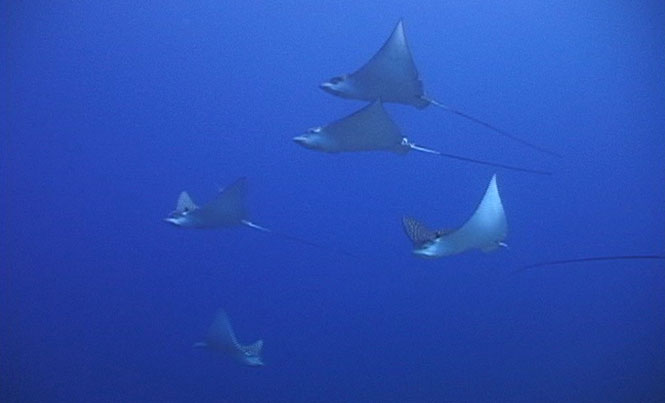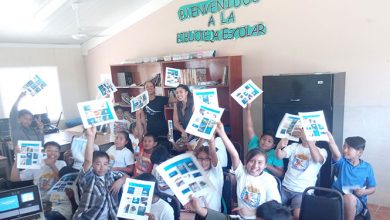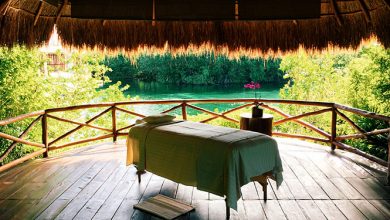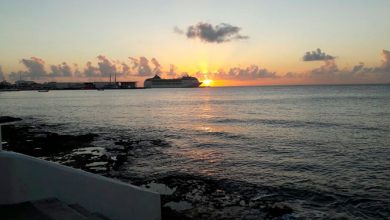Cozumel: Diving with Spotted Eagle Rays

Cozumel Ocean Research has undertaken a project to understand and preserve the existence of this special sea creature
Every year from November to February something special happens within the deep north marine walls of Cozumel. Divers are drawn to this place for an amazing experience: diving on the wall with large groups of spotted eagle rays (aetobatus narinari).
Ernesto Hevia del Puerto from Cozumel Ocean Research (COR), a diving instructor and oceanographer, started a project a few years ago with his team, to understand more about their ecology. They began searching for methods to preserve their existence, which is an essential part of the marine ecosystem, and every year COR invites divers to join them during their dives.
Ernesto, do we know why the eagle rays come to the north walls of the marine park in Cozumel?
We are not really sure at the moment, but we think that there is a migration point in Cozumel. The temperature of the water is very important, as soon it goes up, they begin to leave. They like to come to these walls in the north, called Cantarel and San Juan. These two drop-offs are deep and there is a strong current. You need to be an advanced diver to go there. It is also possible to dive with spotted eagles rays in the marine park of Cozumel. There is one group in Punta Sur during this time period, but the biggest group stays in the north.”
How many spotted eagles rays can you see in the same group?
I have seen a group as large as twenty-seven spotted eagles rays, but we have noticed that there are fewer and fewer every year. The are many reasons for this. Too many jet-ski companies operate around the dive site, causing noise. Spotted eagle rays like to eat shellfish and on the island vendors are selling shells to the tourists. Another important factor relates to el cazon, a small shark that you cannot find here anymore. The fishermen are fishing for baby sharks now instead, as well as spotted eagle ray, as it tastes a lot like cazon. It is from the same family.
COR organizes dives for monitoring eagles rays during this period, in order to review and analyze sightings reports. To recognize each individual one we take pictures of them, counting the number of spots on their dress. It takes time, and we need more volunteers, so all advanced divers are welcome! You can also help to preserve the ocean by not buying shells or eating ‘cazon’ empanadas!
http://cozumeloceanresearch.org/
https://www.facebook.com/czmoceanresearch/?fref=ts







